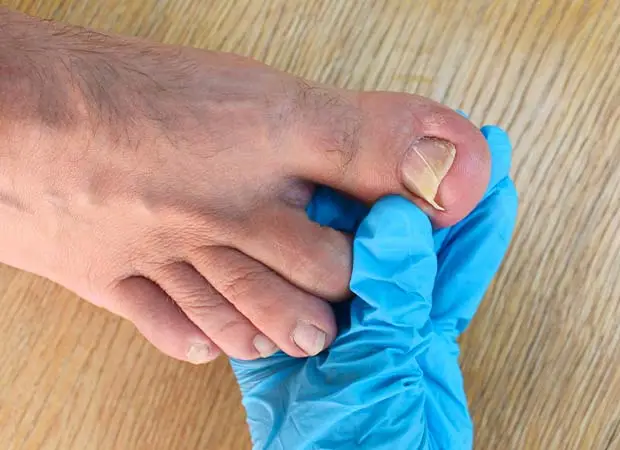What exactly are ingrowth toenails? And Why Soul Derma Is The Best For You
When the edges or corners of your nails grow into the skin next to the nail, you have ingrown toenails. An ingrowth toenail is most likely to develop on your big toe.
What causes ingrowth toenails?
The stage of the toe will determine the course of toe nail ingrowth treatment.
However, the patient should avoid wearing tight-fitting or high-heeled shoes at any stage of an ingrown toenail. Wear sandals till it clears up.
Our certified doctor at Soul Derma will bandage your toe and send you home following surgery. To ensure appropriate toe healing, you will need to elevate your foot for the following one to two days and wear specific shoes.
After surgery, your bandage is often taken off two days later. Doctors at Soul Derma will advise you to conduct daily salt water soaks and wear open-toed shoes till your toe recovers. Antibiotics to prevent infection and painkillers will also be supplied.
A few months after removing a partial toenail, it will grow back. A toenail can take over a year to grow back if the entire nail is removed down to the root.
An untreated ingrown toenail infection can lead to infection of the bone in your toe.
If you have diabetes, even a little cut, scrape, or ingrown toenails can quickly become severely infected.
If you have a genetic propensity to ingrown toenails, you may experience pain, infections, and other severe foot disorders that necessitate several treatments or surgery.

Ground Floor W-58, Greater Kailash I, New Delhi, Delhi 110048 India